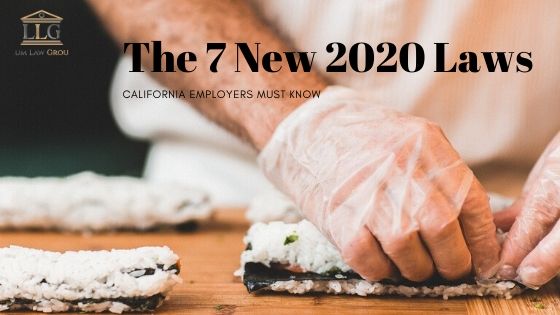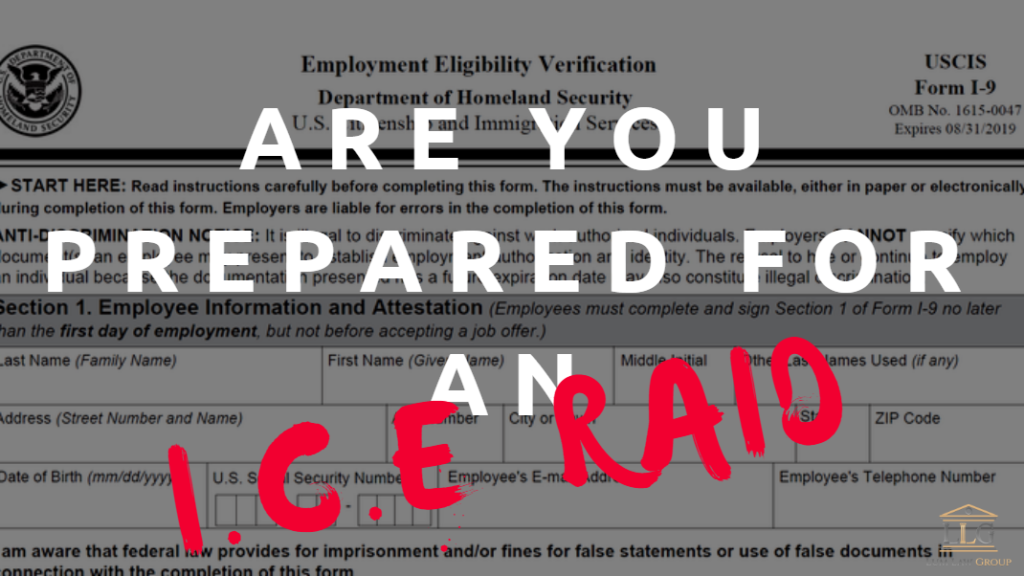Is a Pod Teacher Considered Your Employee?

Can Parents in California Hire Tutors and Teachers Without Violating AB-5?
With the announcement of Governor Newsom’s strict requirements to reopen public schools, many California parents are scrambling for alternatives to traditional in-person learning. Options like homeschooling, hiring nannies, or forming learning pods with private teachers are gaining popularity. However, an important legal question arises: Are tutors and teachers considered employees under California’s AB-5 law?
The 7 New 2020 Laws Affecting Employers and Business Owners in California

If you’re a business owner with employees, it is time to familiarize yourself with these seven new employment-related laws that went into affect on January 1, 2020. Ensure you follow best hiring practices and follow these laws for existing employees. 1. New minimum wage California has a new minimum wage. If your business employees 25 […]
3 New Changes for H1-B Filers in 2019

Here at Lum Law Group, we have already begun preparing H1-B petitions on behalf of our clients. If you plan on filing this year, do not wait till mid-March (it might be too late!) Contact our office for answers and assistance on filing your H1-B petition this year! On January 31, 2019, DHS has issued […]
3 Things You Can Do to Make Interviewing Job Candidates Easier

While startup founders are well-known for their skills in selling their business, they’re also known for being smart about hiring. Small business owners, especially long-term owners or new entrepreneurs, may not be as hiring savvy. If you’re new to the hiring process, here’s a few strategies you can employ for a more successful interview. Prepare […]
Employers! Are you prepared for an ICE raid or I-9 Compliance Audit?

Since the beginning of the year, we’ve seen an increase in ICE employment site raids. Many attorneys discuss what to do when ICE knocks on your door–discussing your rights and responsibility of compliance, but here we’ll be advising the employer. If you’re small business owner, franchisee, or anyone who employs another person, this is for […]
5 Reasons why it’s already too late to file your H1B petition

While Spring marks the busy federal and state tax season for CPAs and Tax preparers, H1B is the busy season for immigration law firms. The difference is that “File your taxes with us!” ads don’t start coming out till February-March when companies big and small begin aggressively marketing their clever tax preparation services; yet by […]

